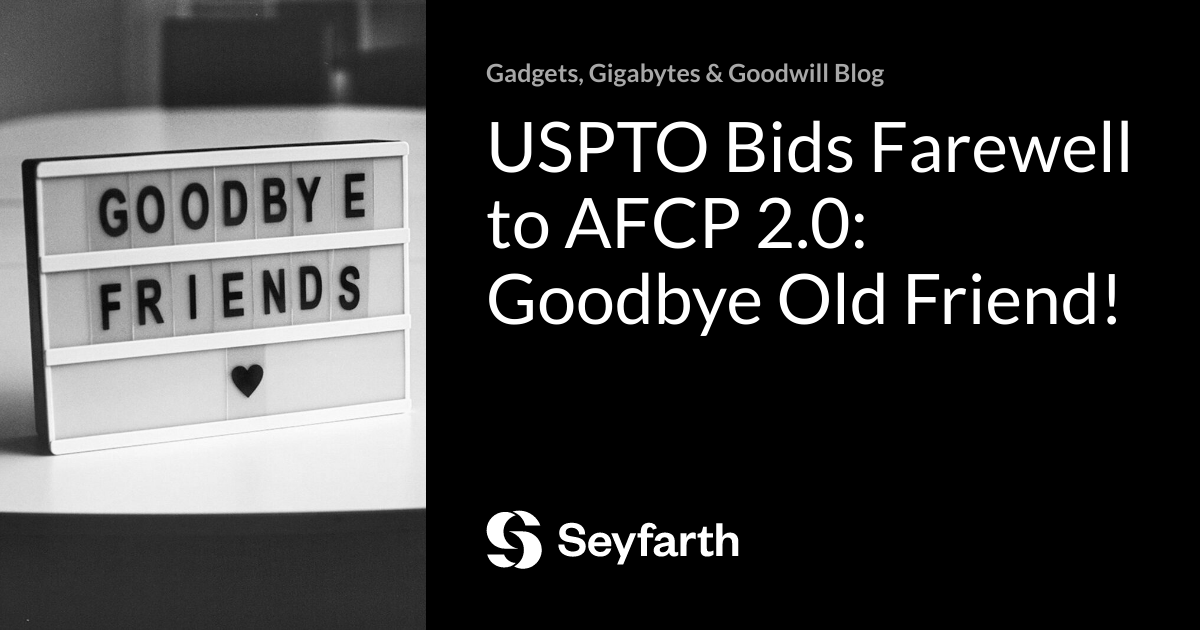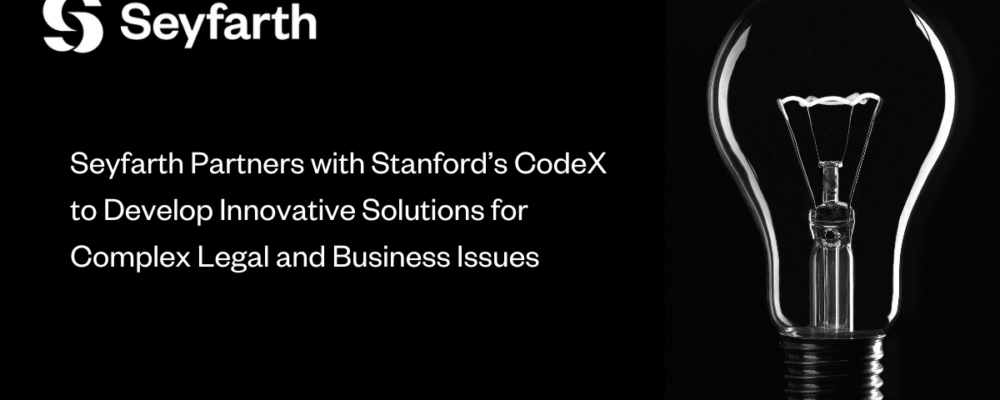The U.S. Patent and Trademark Office (USPTO) has officially announced that the After Final Consideration Pilot Program 2.0 (AFCP 2.0) will soon be laid to rest. In a notice dated October 1, 2024, the USPTO confirmed that the program will end on December 14, 2024. Despite being extended numerous times since its launch in 2013, AFCP 2.0 has now run into fiscal hurdles. Earlier this year, the USPTO proposed a new fee to continue the program into fiscal year 2025, but after receiving widespread negative feedback, it has decided to retire AFCP 2.0 once and for all.
What Is After Final Practice?
When an applicant receives a Final Office Action (FOA) from the USPTO, it means the examiner has maintained their rejection after a prior response. At this point, applicants have several ways to continue prosecution:
- Filing a response: Typically, any amendments submitted after an FOA are not considered unless a Request for Continued Examination (RCE) is filed.
- Filing an RCE: This reopens prosecution and allows for further substantive review, but it comes at an added cost.
- Requesting AFCP 2.0 consideration: Prior to its termination, this option allowed applicants to submit non-broadening amendments for extra review without needing an RCE.
- Filing a notice of appeal: This escalates the case to the Patent Trial and Appeal Board (PTAB) for further examination.
- Filing a new application: Applicants can shift their focus by pursuing claims of a different scope in a fresh application.
- Abandoning the application: In some cases, applicants may choose to drop the case for business or strategic reasons.
Each of these options has different implications in terms of cost, time, and likelihood of success. Many applicants gravitated toward AFCP 2.0 because of its cost-effectiveness and efficiency. However, not everyone was a fan. A glance at the USPTO’s Patent Examiner sub-Reddit shows that AFCP 2.0 often added to examiners’ workloads. Examiners reported that applicants would sometimes use after-final interviews (which are limited to one per MPEP guidelines) to “test out” potential amendments. After receiving feedback, applicants would file an AFCP 2.0 request based on those changes, which could trigger yet another interview request. Rather than streamlining prosecution, this prolonged the process for some cases.
What Was AFCP 2.0?
AFCP 2.0 was designed to give applicants a chance to submit a non-broadening amendment to at least one independent claim after receiving an FOA. It gave examiners extra time to consider the amendments, often leading to productive interviews between applicants and examiners to work through unresolved issues.
In some cases, AFCP 2.0 helped push an application across the finish line when it was close to allowance. However, there were limitations—some examiners noted that the program’s time allowances were too short to properly evaluate more complex amendments. This resulted in many AFCP 2.0 requests being denied because they required more review time than the program allowed. In addition, some examiners believed that the program ended up extending prosecution rather than shortening it, contrary to its original goal.
That goal was to reduce the number of RCE filings by helping move applications closer to allowance without the need for an RCE. And to some extent, it worked—since 2016, over 60,000 AFCP 2.0 requests were filed annually, a clear indicator of its popularity among applicants looking to avoid the costs and delays associated with RCEs. But as successful as the program was for many practitioners, the rising costs of running AFCP 2.0 ultimately led to its discontinuation.
What’s Next for Applicants?
With AFCP 2.0 soon to be a relic of the past, patent applicants will need to adapt their strategies for continuing prosecution after a FOA. Fortunately, several alternative options remain:
- Amendments after prosecution closes: Applicants can still submit amendments to place their application in condition for allowance or to prepare it for appeal (37 CFR 1.116(b)). However, in most cases, an RCE will be required for the amendments to be fully considered.
- Examiner interviews: Interviews have always been a useful tool, and now, they’re more crucial than ever. We’ve often advocated for conducting an interview before submitting an AFCP 2.0 request. While examiners aren’t required to grant interviews after a FOA, many are willing to meet if substantive amendments are on the table or there are points of confusion to clarify (M.P.E.P. § 713.09 and 714.12). While an interview won’t work miracles, it can certainly help unblock progress when a case is stalled.
- Pre-appeal brief requests: This option allows applicants to request a quick review of their case before committing to a full appeal. It can sometimes resolve issues without needing to go through the entire appeals process (M.P.E.P. § 1204.02).
While the end of AFCP 2.0 may feel like losing a valuable option, these other avenues still provide effective ways to address rejections and keep cases moving.
AFCP 2.0’s Legacy: A Fix for Pendency—With Some Caveats
For over a decade, AFCP 2.0 was a trusted resource for patent practitioners aiming to reduce pendency. In many cases, it fostered collaboration between applicants and examiners, leading to productive discussions and quicker resolutions. However, some critics felt the program gave applicants a free second bite at the apple, dragging out the process rather than resolving it efficiently.
As AFCP 2.0 comes to a close, applicants and practitioners will need to adjust to a post-AFCP world. However, the program’s legacy of encouraging efficiency and collaboration in patent prosecution will not be forgotten.
And with that, we say farewell to AFCP 2.0. Let’s mark its exit with a few words of tribute:
Goodbye, dear program, you’ve served us well,
In the halls of patents, your story we’ll tell.
A bridge through the final, the office door closed,
You gave one more chance before paths were reposed.
With amendments in hand, we would send you our plea,
Hoping examiners would listen, set inventors free.
You saved us from RCE’s endless repeat,
With just a few hours, resolutions we’d meet.
Through interviews granted, we’d sit side by side,
Examiner and counsel, no secrets to hide.
You brought forth allowances, breathed hope in the air,
For one final shot, you were always there.
But now your time’s come, you’re stepping away,
As December draws near, we bid you good day.
Though filings may change, your impact will stay,
In the memories of those who worked through the fray.
So farewell, AFCP, you’ve earned your rest,
In the realm of patent tools, you were one of the best.
“With approximately 900 lawyers across 17 offices, Seyfarth Shaw LLP provides advisory, litigation, and transactional legal services to clients worldwide.”
Please visit the firm link to site






